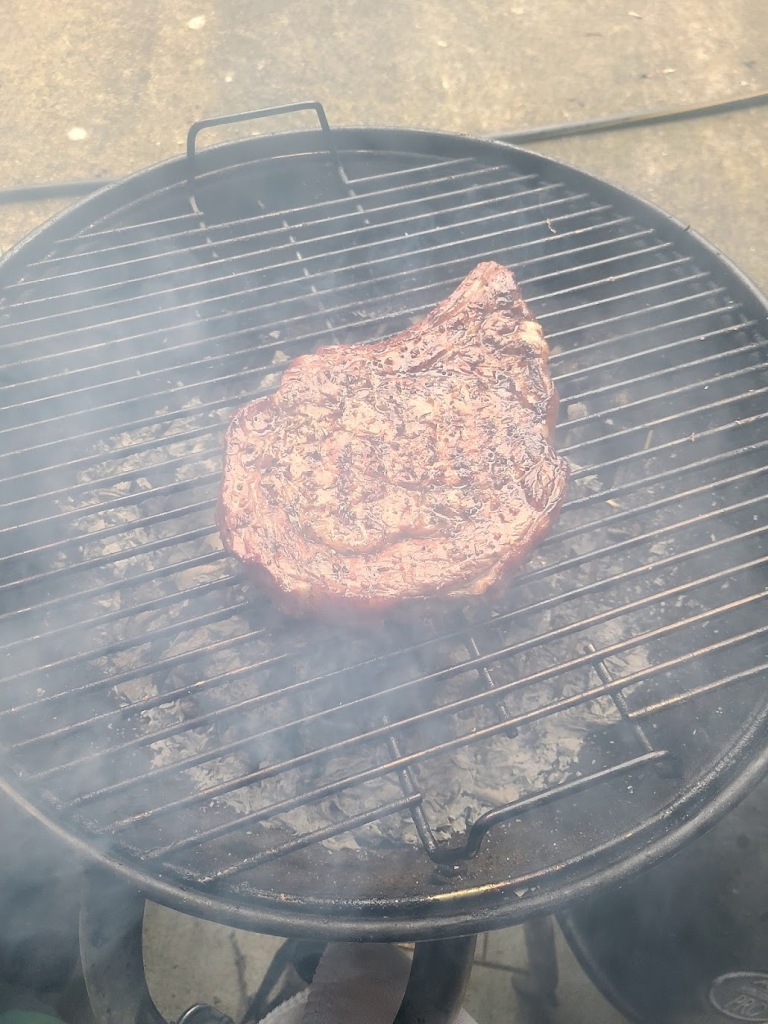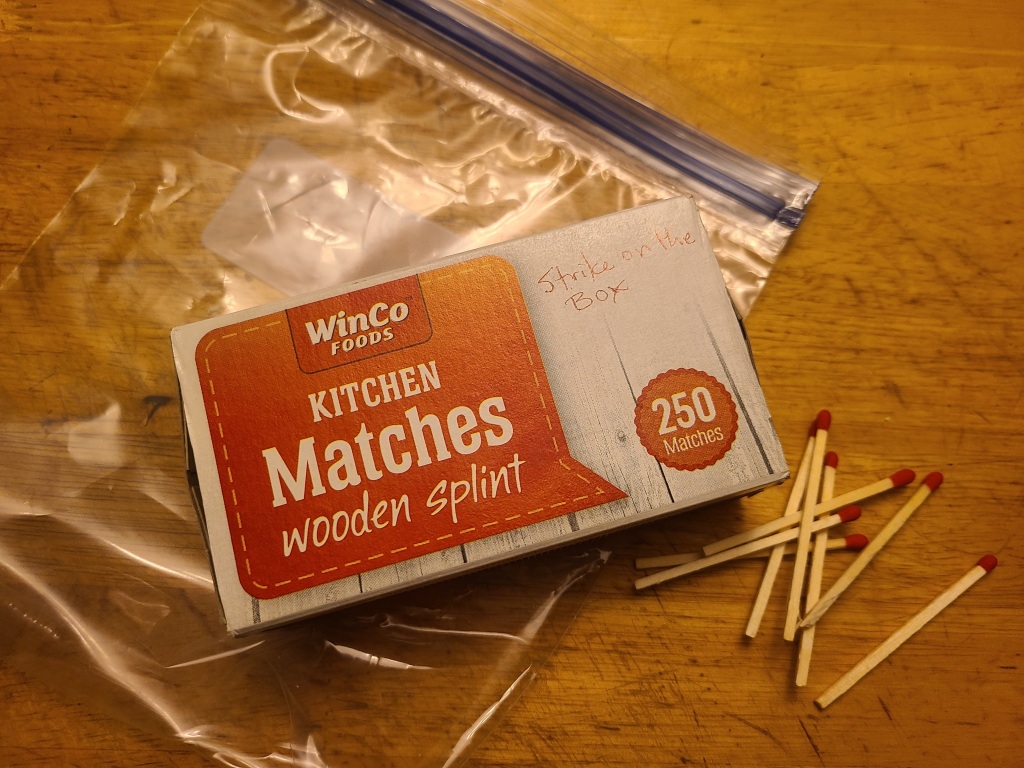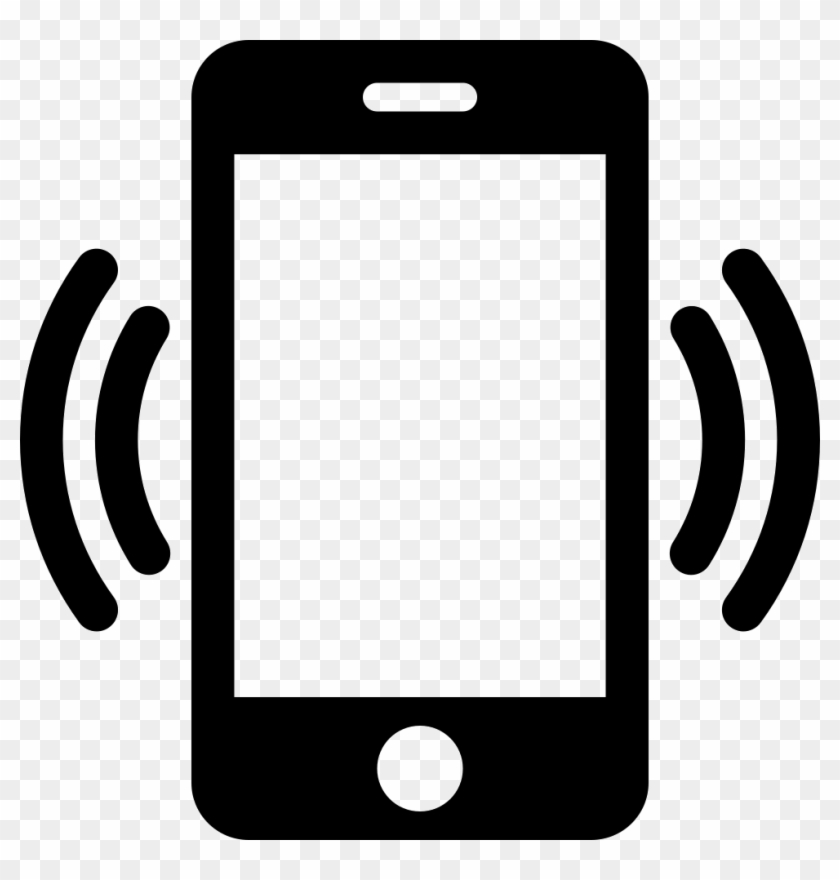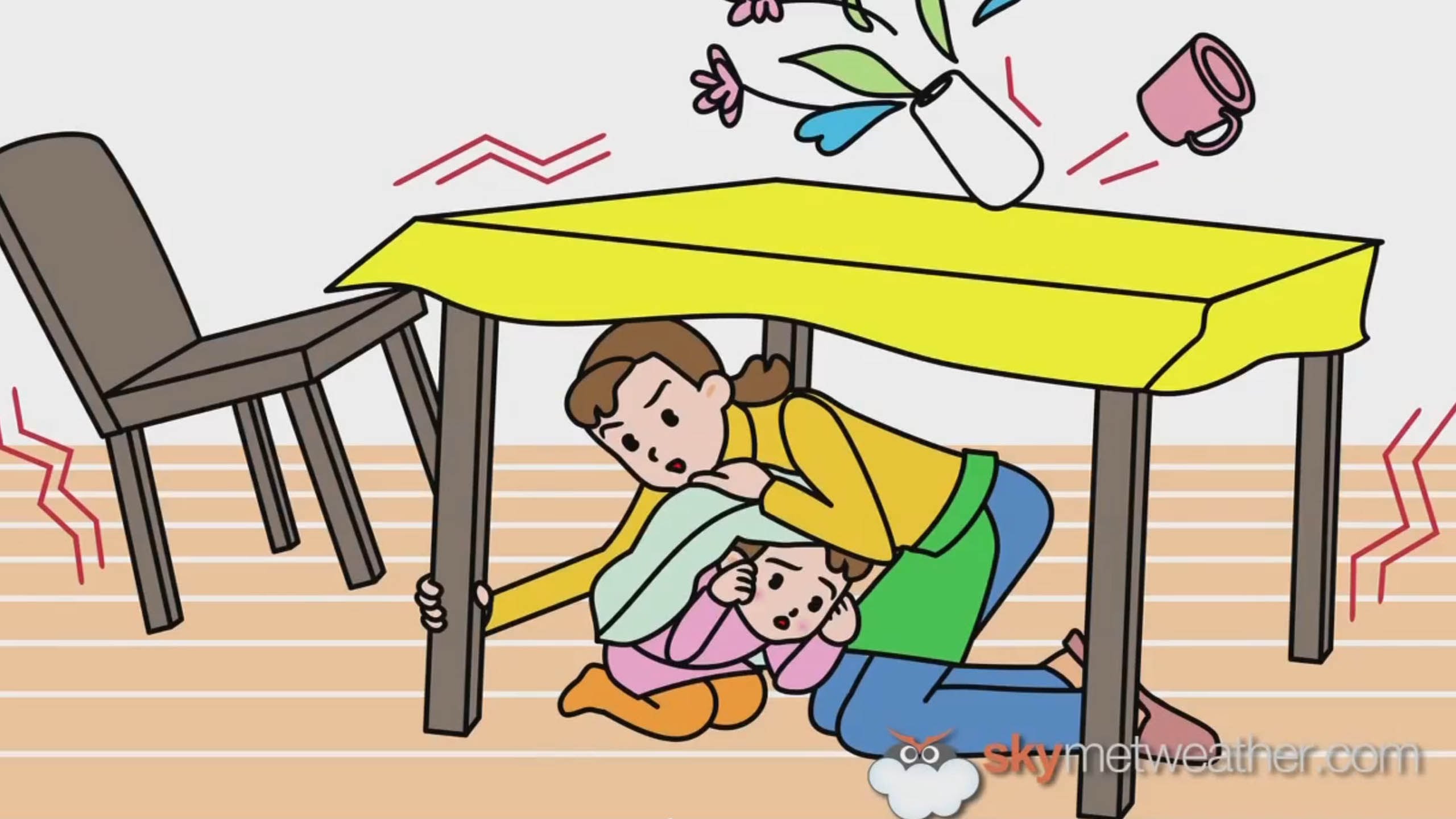Preparation . . . Problem solving . . . Adaptability . . . and Providence!
On a trip for my Travel blog https://www.travelpacificnw.com/destinations-in-the-pacific-northwest.html a little predicament of sorts became another Emergency Practice Camp, quite literally.
I was in Forks WA when I recognized that my body just could not make the drive home that day. Additionally, my cell phone battery died because of all the photos I’d been taking. Two problems. I had just enough battery to call a hotel, and found that not only was that hotel totally booked for the night, so probably were all the hotels in Forks. The only suggestion was Port Angeles . . . that just wasn’t going to work.
Problem #1: seemed insurmountable
Problem #2: two cell charger systems I had tried for my trips just hadn’t been successful, and the cigarette lighter plug-in the car was broken long ago. Problem not yet solved. I did consider going to an eating establishment or other business hoping to find an outlet I could use, but my body just wasn’t up for taking that chance.
I had not made it to Rialto Beach, which I had been told had an accessible platform from which to see the ocean, and against my own reason, I seemed to be impelled to go out there. How could anything be solved by going out there? But, I just headed out and kept going. I came to Mora Campground, and was gratified to find the rangers were still there (as I thought it was past hours). I posed my problems, and they said I could charge my phone in the restroom, and they found a campsite I could stay. I glibly said I could car camp–I knew I had another set of clothes, food, and other necessaries for travel. I was so grateful! Two problems Providentially solved!
Problem #3: my daughter was expecting me home that night, so I tried to send a message, but I had no cell service. This has been a problem on more than one trip to the coast. More than one person has suggested using Verizon instead of T-mobile. Right now I’m on a family plan, but I still hope some day to make the switch. In the meantime, the camp hostess told me that behind the Forks public library is WiFi access. I’d just have to wait until the next day for the message to send. Problem on hold ’til then. No choice but to adapt.
Problem 4: the meat stick and cheese snack I had eaten earlier was feeling fiercely fiery. However, I was prepared with pills to calm the heartburn (Tums in both in my car and in my purse). Problem solved by preparation.
Problem #5: dinner. I had a can of clam chowder I brought for my trip. I was about to eat it from the can. Then I thought, “But I have emergency stuff in my car, including a little camp stove and a canister of propane, as well as several fire starters! Now I get a chance to use them!” Preparation, right? Well, not quite. As I struggled with the back hatch and searching for said items, I knew where the stove and propane were right away. But I could not find the matches, it was getting too dark to see, and I needed a helper to look further. OK, time to adapt again: I ate the clam chowder from the can, and it wasn’t bad. I’m going to put a box of matches in a baggie (vs damp air), in my glove compartment where it’s easy to reach.
Problem #6: sleeping in the car. I knew from previous experience I would not be able to sleep in the front bucket seats. I got out pillows and blankets (while searching for matches in the back), and made up a bed on the middle seat of my mini-van. It was actually quite comfortable, even though it was short. Problem solved by preparation.
Problem #7: I had only come with enough pills for the planned days of the trip. I hoped I could manage the night without my diabetes pill (especially after indulging in clam chowder), and gabapentin for the pain. I did have Ibuprofen in my purse and packed for the trip, which I took 2 or 3 times in the night. But I only got 2 hours sleep. Next time, I’ll come with a full complement of meds.
My rear did get rested, at least–and I was able to get to Rialto Beach for a stunning sunset from the fabulous accessible platform. With my cell phone charged I continued picture taking at La Push, Forks (a terrific family and community friendly park), 2 or 3 places along the way, but mostly, I just needed to get home. And when I got home, as quickly as I could take care of minimal details after traveling for a week, I went to bed, and slept soundly all evening and through the night.
Despite challenges, it was a great trip–I got to see and do and accomplish a lot. I got a chance to test my emergency preparedness, get ideas for improvement, and feel some success at preparation, problem solving, and adaptability! Yes, I feel blessed.
























